Cheers,,,
Rod.
It's the same process Kim uses to get more mileage out of his toilet paperrocket wrote:Kim, that's a very clever idea, soaking the used sanding belts to clean them. i'll be giving that a go myself !!!


Cheers,,,
Rod.
And the tyres on the wife's car too.kiwigeo wrote:It's the same process Kim uses to get more mileage out of his toilet paperrocket wrote:Kim, that's a very clever idea, soaking the used sanding belts to clean them. i'll be giving that a go myself !!!


Cheers,,,
Rod.
Oh dear....Clancy wrote:I'd want to try it on my $10 notes to see if I can get more mileage out of them, but it's illegal.......money laundering
To be honest I have not found the need for oven cleaner Rod. Just soaking in water is enough for most of the crud to just fall off by itself. If there is anything 'badly' burnt on like you will get when sanding bocote and the likes, just leave the belt in the bucket a day or so longer and the most you will need to do is a very quick pass with a stiff nylon brush to dislodge the black from between the grit. I don't even do that anymore because I just line the soaked belts up and hit them with a pressure washer and they blast clean instantly. Yes it is true that a dark stain can remain where the hard burnt on crud use to be, but I don't see the point of trying to remove that because it does not effect how the belt functions at all, its just a stain and no more than that.Rod True wrote:Kim, have you tried oven cleaner to help get the burn on stuff loose?
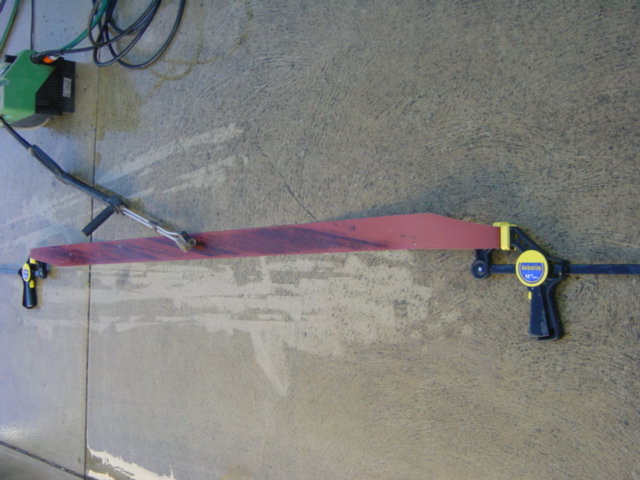
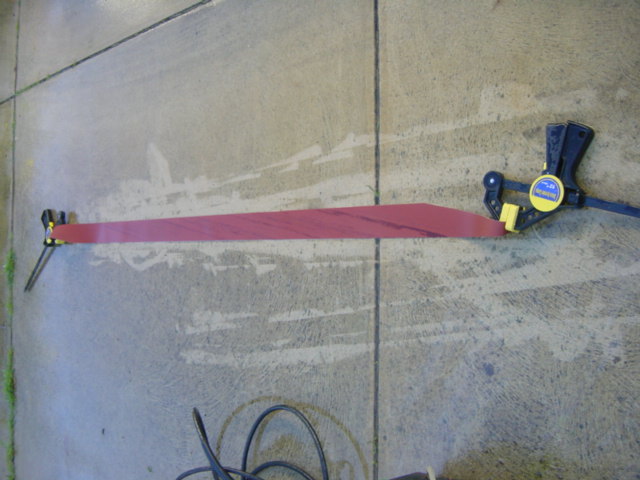
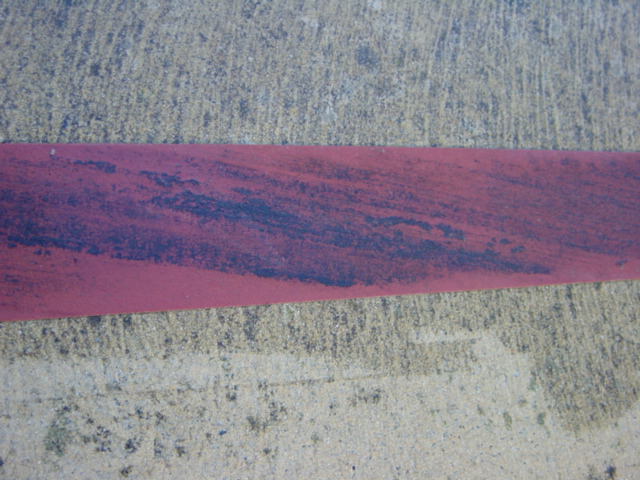
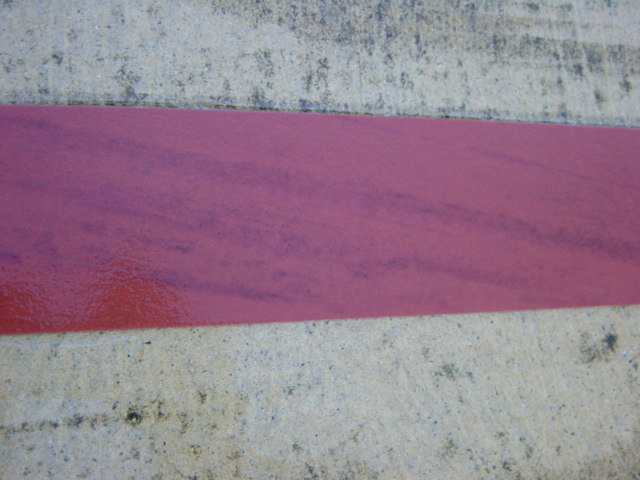
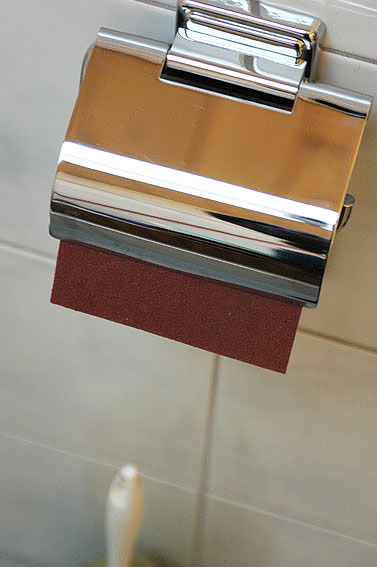
I agree Markus but that stuff in your image is far to fine, 'real' men use easy clean 40 grit.charangohabsburg wrote: Disposable toilet paper is a relict of the twentieth century.
I also agree with you Kim, but it also depends on the desired finish. Do you use only one grit?Kim wrote:I agree Markus but that stuff in your image is far to fine, 'real' men use easy clean 40 grit.charangohabsburg wrote: Disposable toilet paper is a relict of the twentieth century.
charangohabsburg wrote:I also agree with you Kim, but it also depends on the desired finish. Do you use only one grit?Kim wrote:I agree Markus but that stuff in your image is far to fine, 'real' men use easy clean 40 grit.charangohabsburg wrote: Disposable toilet paper is a relict of the twentieth century.
Cheers,
A simple method for truing the drum is to first remove the abrasive and make certain it is in horizontal alignment with the table and the table is well supported and cannot flex. Once you are confident that is in order, you then feed a sheet of melamine through the machine that is a bit wider than the drum and to which abrasive, say 80 grit, has been glued down flat with contact adhesive (this abrasive covered board will come in 'very' handy for later use as a wide sanding board so it is not a waste).pavliku wrote: At first I thought it was due to the fact that I wasn't able to get the drum perfectly round, but I'm pretty sure it's a question of technique. Paul
I have a suggestion for your feed technique on a home made unit where you are the material feeder. I have used a home made for the last 5 years and found it pretty hard to avoid even momentary stop/start at some stage during a pass, particularly for larger pieces like tops and backs. In some cases I did not see evidence of this until I got into the finishing stages. In the end my solution was to create a type of sled that the stock sat on and a 2mm stop glued to the end of the sled. I put a handle on the sled and I found I had much better control over maintaining a steady feed speed. I have a wide sled for tops and backs and a narrow one for sides, and other skinny stuff like bindings. The main down side of the sled is that the dust extraction is not quite as effective because there are bigger gaps around the stock, but it still worked adequately.pavliku wrote:So, I just put paper on the drum and used it for the first time. Ran through a small piece of Monteray Cypress
(tenor uke size). Went well - my god the time I will save. There were a couple of small gouges - very noticable, but when I checked them on the dial gauge they were only .05 of a milimetre. Very mimimal. At first I thought it was due to the fact that I wasn't able to get the drum perfectly round, but I'm pretty sure it's a question of technique. A slightly stop/start action when feeding timber through.
At the moment I have used Alistair's method of putting a couple of staples either end. I am only using paper rolls now, but have some cloth-backed stuff coming - saffer in the long run I reckon.
Thanks for all the tips guys
Paul
Kim wrote:A simple method for truing the drum is to first remove the abrasive and make certain it is in horizontal alignment with the table and the table is well supported and cannot flex. Once you are confident that is in order, you then feed a sheet of melamine through the machine that is a bit wider than the drum and to which abrasive, say 80 grit, has been glued down flat with contact adhesive (this abrasive covered board will come in 'very' handy for later use as a wide sanding board so it is not a waste).pavliku wrote: At first I thought it was due to the fact that I wasn't able to get the drum perfectly round, but I'm pretty sure it's a question of technique. Paul
Run the melamine through the machine repeatedly so that the drum only 'just' makes contact with the abrasive and repeat on that setting until hardly any contact is being made with the spinning drum. Adjust the sander just a tad to bring the abrasive back in contact and go again until you are confident that the entire width of the drum has been machined a little by the abrasive...maybe a red felt pen run across the drum while it is turned by hand before you start the operation would provide a good visual indicator.
Cheers
Kim
Users browsing this forum: Google and 78 guests